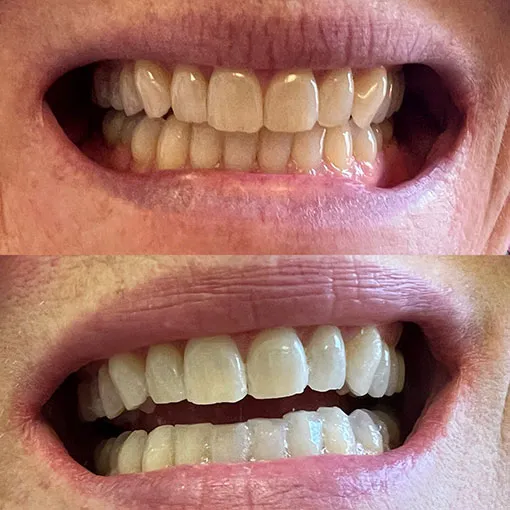Why Prep is Key to Teeth Whitening
Embarking on a teeth whitening journey is an exciting step towards a brighter, more confident smile. However, before you dive into the process, proper preparation is crucial. Think of it as laying the foundation for a successful project. Preparing your teeth ensures the whitening treatment works effectively and that you achieve the best possible results. This article will guide you through the essential steps you should take before undergoing teeth whitening, covering everything from dental checkups to dietary adjustments. By following these guidelines, you can optimize your experience and enjoy a dazzling, long-lasting smile.
Schedule a Dental Checkup
The first and arguably most important step is scheduling a dental checkup. Your dentist will assess the overall health of your teeth and gums, identifying any underlying issues that could impact the whitening process. This is a proactive measure to ensure that your mouth is in optimal condition. During the checkup, the dentist will look for cavities, gum disease, and other dental problems that need to be addressed before whitening. Whitening treatments can sometimes exacerbate existing dental issues, causing sensitivity or discomfort. Addressing these issues beforehand is key to a comfortable and effective whitening experience. Regular dental checkups are essential for more than just teeth whitening preparations.
Importance of Professional Cleaning
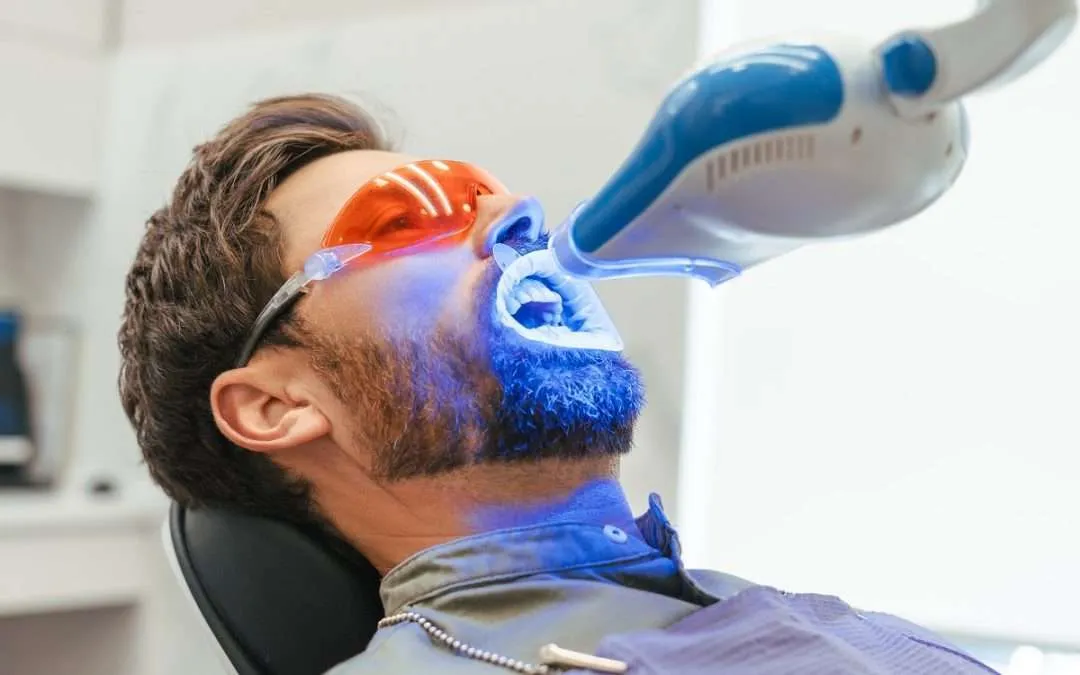
In addition to a general checkup, a professional cleaning is highly recommended. This thorough cleaning removes plaque, tartar, and surface stains that regular brushing and flossing might miss. Removing these surface stains is essential because they can hinder the whitening agent from properly penetrating the enamel. Professional cleaning, which polishes the teeth, creates a clean surface for the whitening treatment. The cleaning helps to ensure that the whitening agent can effectively reach the enamel. This results in more consistent and better whitening results. By eliminating these barriers, you’re allowing the whitening treatment to work as efficiently as possible, maximizing its impact.
Address Existing Dental Issues
If your dentist identifies any existing dental issues, such as cavities or gum disease, it’s crucial to address them before starting the whitening treatment. Whitening products can cause increased sensitivity in teeth with cavities, potentially leading to discomfort. Addressing these issues beforehand protects your teeth. Similarly, gum disease can make your gums more sensitive to the whitening agents. Treating these issues ensures the whitening process doesn’t cause unnecessary pain or complications. Your dentist might recommend fillings, root canals, or gum treatments. These procedures must be completed before proceeding with whitening. Taking care of existing problems is a vital step in preparing your teeth and gums for a successful and comfortable whitening experience, making sure your journey to a brighter smile is smooth and problem-free.
Choose the Right Whitening Method
There are several teeth whitening methods available, each with its own advantages and disadvantages. Understanding the different options will help you choose the most suitable one for your needs. Your dentist can provide expert guidance and help you make an informed decision based on your oral health, desired results, and budget. The choice between professional treatments and over-the-counter products should be made carefully. Knowing the different options helps to ensure that you choose a method that aligns with your goals and dental needs. The following sections detail the professional and over-the-counter methods, equipping you with knowledge for the next steps.
Explore Professional Teeth Whitening
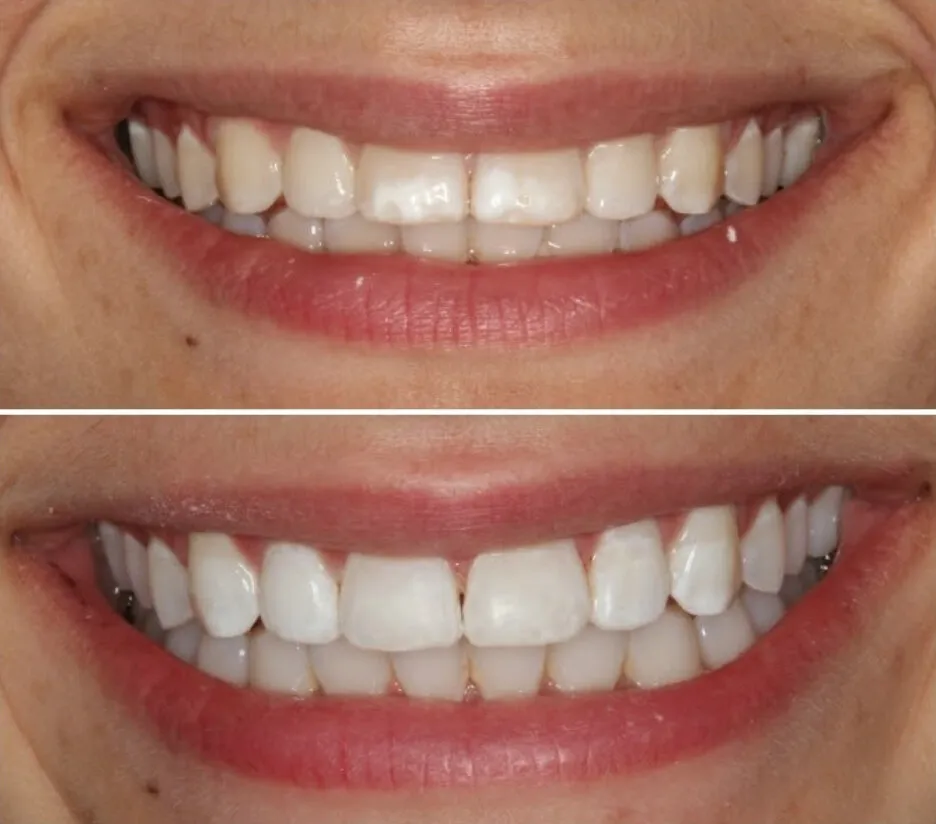
Professional teeth whitening, performed by a dentist, is the most effective and fastest way to achieve dramatic results. These treatments use high-concentration bleaching agents, which are applied in a controlled environment. This allows for a faster and more thorough whitening process. The dentist can also monitor your teeth throughout the process, minimizing risks such as sensitivity. Professional whitening can be done in-office, offering immediate results in a single session. This is ideal if you want a quick and significant improvement in the brightness of your smile. They also offer custom-fitted trays for at-home use, which provide a more personalized approach to whitening. Discuss your options with your dentist to determine if this is the best route.
Consider Over-the-Counter Options
Over-the-counter whitening products include whitening toothpaste, strips, and trays. They are more accessible and affordable options for improving the brightness of your smile. These products typically contain lower concentrations of bleaching agents compared to professional treatments. This results in a gradual whitening process. Whitening toothpaste is a good choice for everyday maintenance, helping to remove surface stains and prevent new ones from forming. Whitening strips and trays offer more concentrated treatments, which can provide noticeable results over several weeks. These products are convenient, allowing you to whiten your teeth at home, following the provided instructions. Read the directions carefully before use, and look for products with the American Dental Association (ADA) Seal of Acceptance.
Understand the Whitening Process
Before undergoing any whitening treatment, it’s essential to understand the process involved. This knowledge will help manage your expectations and follow the instructions correctly. Professional whitening usually involves the application of a bleaching agent, followed by the use of a special light or laser to activate the agent. Over-the-counter products typically involve applying a gel or strip to your teeth. The duration of the treatment varies depending on the method you choose. This may range from a single session with your dentist to several weeks using at-home products. During the whitening process, your teeth may become sensitive to hot and cold temperatures. This is a normal side effect. Understanding the process and potential side effects prepares you for what to expect and helps you make informed decisions.
Adjust Your Diet and Habits
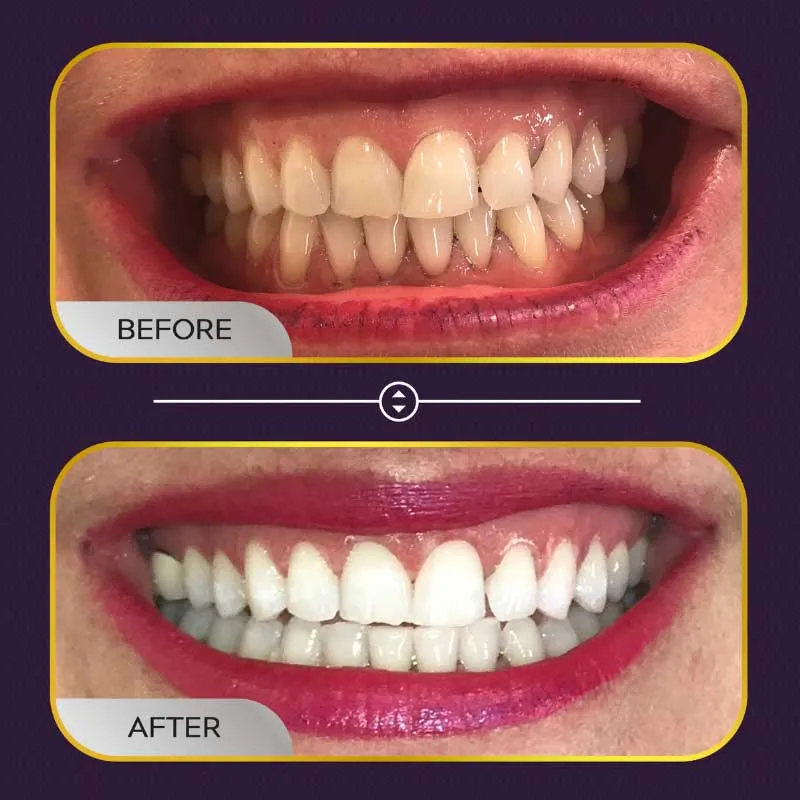
Your diet and lifestyle play a significant role in the effectiveness and longevity of your teeth whitening results. Adjusting your habits before and after treatment will maximize the benefits and maintain your bright smile. This involves being mindful of the foods and drinks that can stain your teeth, and adopting habits that support your oral health. By making the right choices, you can help prevent new stains from forming and prolong the stunning effects of your whitening treatment. Your commitment to these adjustments will ensure the best outcomes.
Limit Staining Foods and Drinks
Certain foods and drinks are notorious for staining teeth. Limiting your consumption of these items will help prevent the formation of new stains. Coffee, tea, red wine, and dark sodas are common culprits. These beverages contain chromogens, which are compounds that stick to tooth enamel and cause discoloration. Besides drinks, some foods can also stain your teeth, such as berries, soy sauce, and curries. When consuming staining foods, rinse your mouth with water or brush your teeth soon after to minimize their impact. Being mindful of your diet and making smart choices can help preserve your bright, white smile for longer.
Avoid Smoking and Tobacco Products
Smoking and the use of tobacco products are detrimental to both your oral health and the results of teeth whitening. Nicotine and tar in tobacco can cause significant tooth discoloration and make the whitening treatment less effective. Smoking also increases your risk of developing gum disease. It can also slow down the healing process. For optimal teeth whitening results and overall health, avoiding tobacco products is crucial. Quitting smoking not only improves the outcome of your teeth whitening but also enhances your overall well-being. Consider this a perfect opportunity to make a positive change.
Prepare Your Teeth at Home
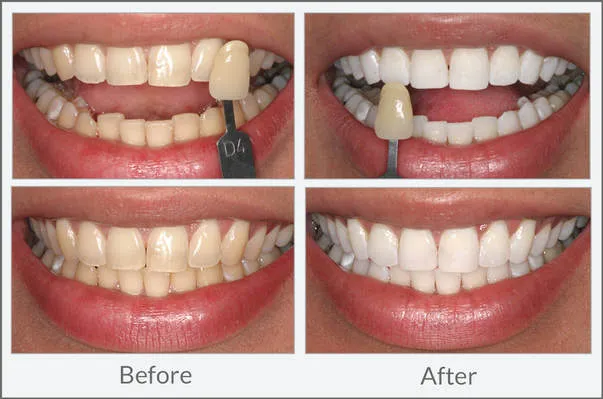
While professional treatments are highly effective, there are steps you can take at home to enhance your preparation. These include using whitening toothpaste and potentially incorporating a pre-whitening rinse. These actions can help to create a clean surface and contribute to better results. Your commitment to these practices can help maximize the effectiveness of your whitening efforts.
Use a Whitening Toothpaste
Using a whitening toothpaste can be a valuable part of your at-home preparation routine. Whitening toothpastes typically contain mild abrasives or chemicals that help remove surface stains. They gently polish your teeth and prevent new stains from sticking. While whitening toothpastes won’t change the natural color of your teeth, they can help you maintain a brighter smile. Choose a toothpaste with the ADA Seal of Acceptance to ensure it’s safe and effective. Incorporating a whitening toothpaste into your daily routine can help complement your whitening treatment, maximizing its effects. Be patient and consistent with the product.
Consider a Pre-Whitening Rinse
Consider using a pre-whitening rinse to further prepare your teeth. Some rinses contain ingredients that help to remove surface stains and reduce plaque. Rinsing can help create a clean surface, promoting better whitening results. Choose a rinse that is specifically designed to be used before whitening treatments. Using a pre-whitening rinse can be an easy and effective way to enhance your preparation. Always follow the instructions provided with the rinse, and consult with your dentist for personalized advice.
Consult Your Dentist for Advice
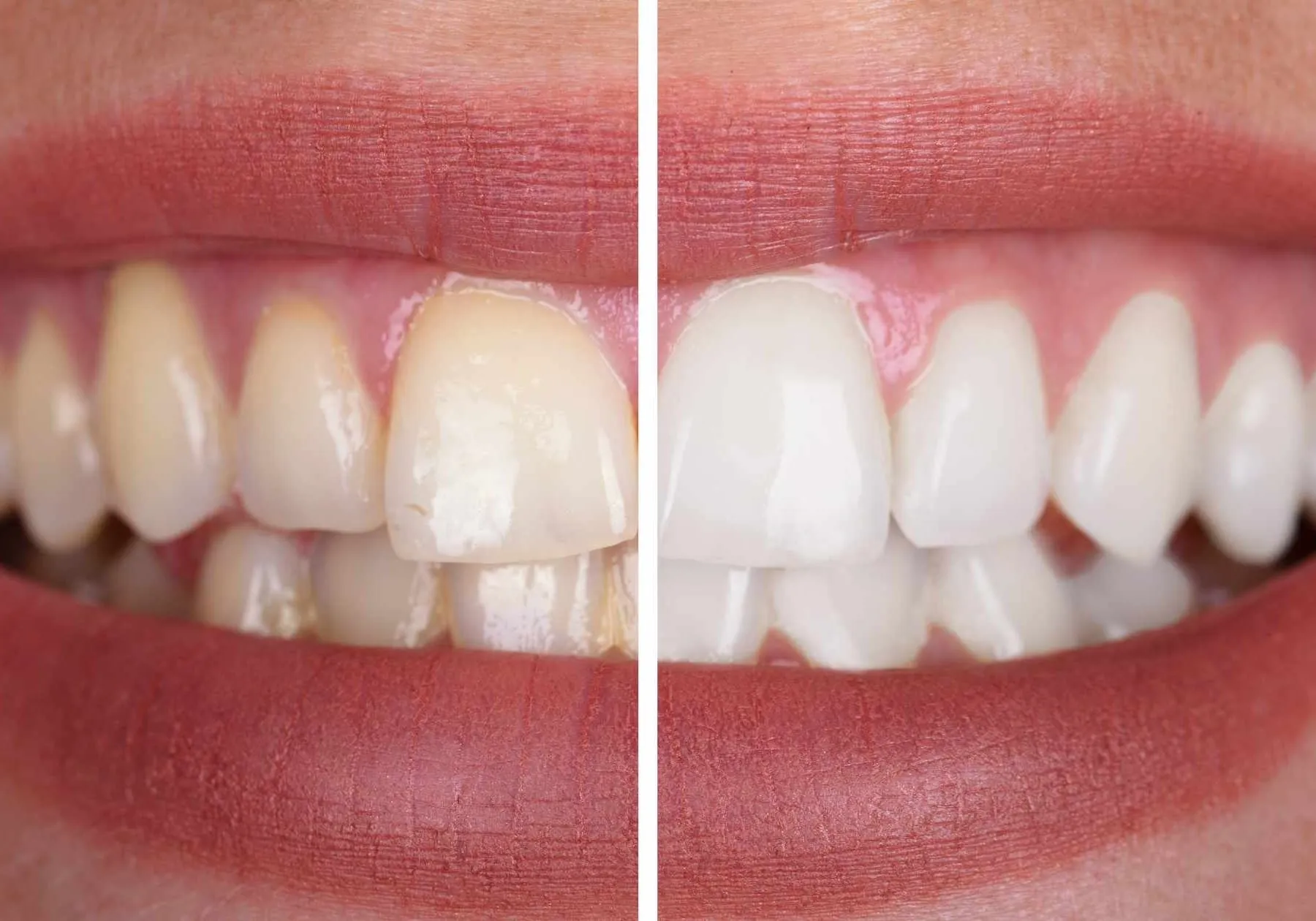
Before starting any teeth whitening treatment, the best course of action is to consult with your dentist. They can assess your oral health, recommend the most suitable whitening method, and provide personalized advice based on your specific needs. Your dentist can also address any concerns you may have and help manage your expectations. They can discuss potential side effects, such as sensitivity, and provide guidance on how to minimize them. Consulting your dentist ensures you’re making informed decisions and are on the right track to achieve a brighter, healthier smile. This consultation is a critical step in ensuring a safe and successful teeth whitening experience.
